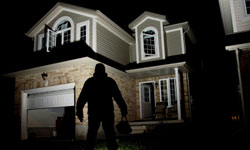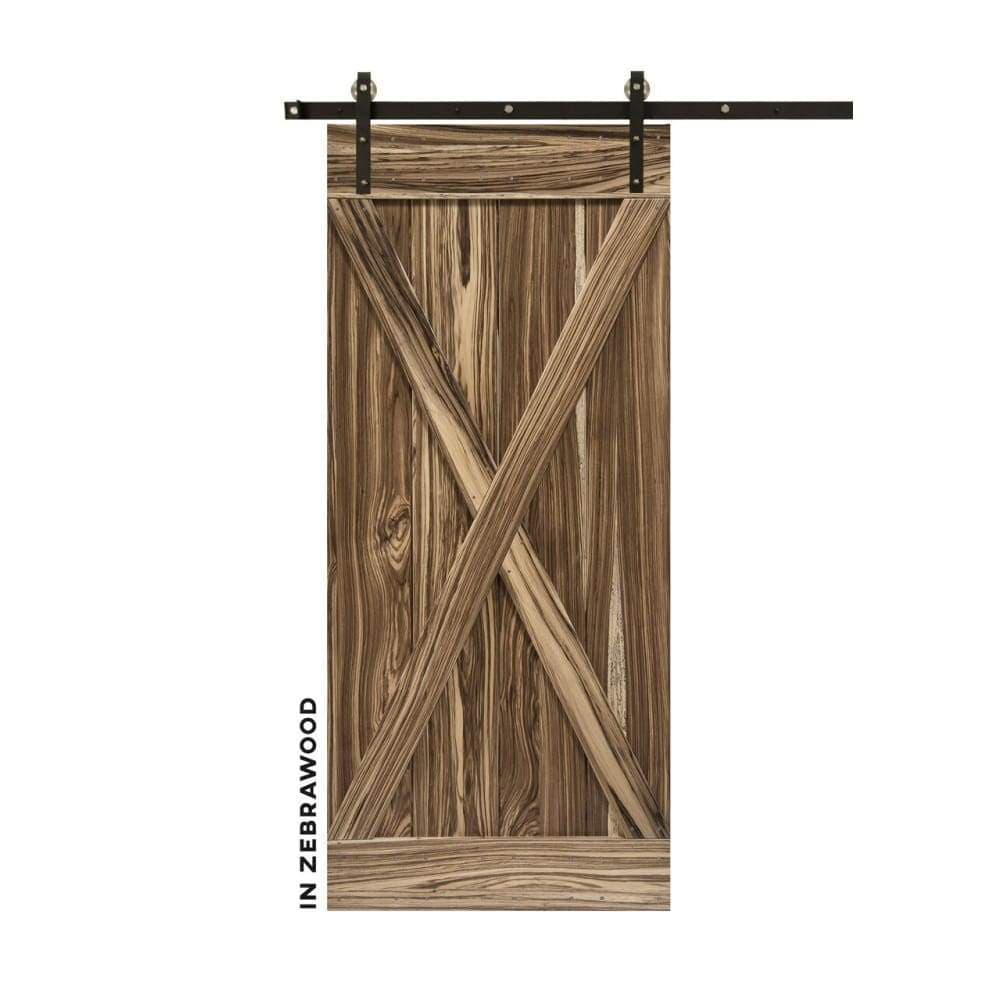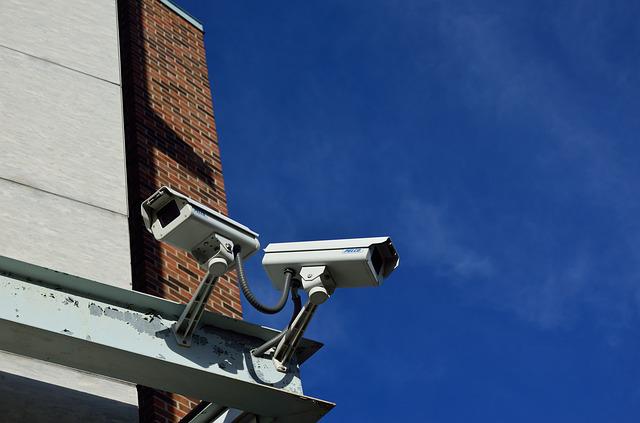
If you want to integrate your smart home security system with Alexa, you need to find a security system that supports this virtual assistant. There are many Alexa security systems available that can help protect your home, family, and loved ones. There are many options available so you can pick the one that is most appropriate for your needs. These systems include Alexa Intruder Alert and Alexa Guard. You can also purchase light bulbs that are compatible with Alexa.
Alexa Guard
Alexa Guard is a voice-activated security system that listens to your home for unusual noises. The system sends notifications to your smartphone or smartwatch when it detects noises. It will also ask if it is an alarm or emergency. You can have Alexa call the emergency services on behalf of you if it's an alarm.
The Alexa Guard security alarm system is free and can be used for basic home security. It can listen out for the sounds of broken glass or smoke/CO2 alarms and can turn on smart lighting through your Alexa account. It can also connect to security systems to provide you with peace of heart when you're gone.

Alexa Guard's security system can be used as a burglar deterrent. An emergency helpline is also part of the security system. The system has a live, trained agent to respond to any alarm or panic. It allows hands-free phone calling so that you can reach emergency services without leaving your house.
Alexa Intruder Alert
Alexa has several features that can make your security system more effective, including the ability to play specific sounds when someone breaks into your home. Alexa can even create a phrase that you will use to alert you when an intruder is detected. It can turn on loud music, flash lights, and even command the intruder leave the home. The Alexa intruder warning will not automatically call police like a traditional security system. This is why you need to take additional measures to protect your home.
First, you will need to create an action routine or procedure for your Alexa intruder alarm. The Alexa mobile app or voice commands can be used to trigger the alarm. Simply click Voice on your Alexa to start your routine.
Alexa-compatible lightbulbs
Alexa compatible light bulbs make it easy to control the lights within your home by simply speaking a few words. The lights can be dimmed or turned off by speaking. When someone enters the home, the lights will automatically turn on and off. This technology is ideal for homes who want extra lighting or security.

Philips Hue lamps are the best Alexa-compatible bulbs. They work with Amazon Voice Assistant to control lights in your house. These bulbs come with a range of features such as color-tunability and the ability of controlling brightness using the touch of a button. Some also have special lighting presets that can be triggered by voice commands.
TP-Link smart lighting bulbs are also available. These bulbs use Wi-Fi and connect directly to your Wi-Fi router. These bulbs are inexpensive and do not require a hub to connect to Alexa. One model, the TP-Link LB100, costs $20. For $35, you can get a more expensive color-tunable model.
FAQ
What is the difference of surveillance and security camera?
Surveillance cameras are used for monitoring purposes, while security cameras are used for protection.
Each camera has its advantages and disadvantages. Their main differences are the types of images they capture. Surveillance cameras capture video in slow motion so you can observe what's really happening. Security cameras however, record video but not still photos. These images can be viewed later.
What wireless security system can you buy that is best?
The best wireless security system I recommend is the D-Link Wireless Security System. It's also one of the most cost-effective systems. All the features you want in one package. It includes a camera with motion sensor and a remote controller. You just need to plug it in and follow these simple instructions.
Who is the best company for home security monitoring?
ADT is the best company for home security monitoring. ADT offers a 24/7 monitoring service at an affordable price. They have a customer service team that is available 24 hours a day and will respond within minutes to all issues.
ADT offers an Android and iOS app. This allows you to check your home anywhere and anytime.
Which home security system or home surveillance camera is best?
Home security systems are more effective than home security cameras because they can detect sounds and movement, even if no one is present in the room where the system is installed. On the other side, home security cameras are much cheaper than home alarm systems and can be easily mounted to windows and doors.
Can ADT ever be hacked
ADT security system remains one of the most trusted home alarm systems. ADT Home Security System remains the most trusted choice for many homeowners. Its reputation for being reliable and dedicated to protecting homes against fire and burglary is something they trust.
However, hackers can infiltrate even the most trusted organizations and steal sensitive data. Hackers can easily hack into a network and steal sensitive data. Hackers are able to access all files on the network and change the settings. Hackers can, for instance, delete files and change passwords. It's important to recognize that hackers might try to hack into your house just because you can't see it. Protect your systems with the information you need.
Statistics
- (In my experience, the discount on my home insurance covered about 25 percent of the subscription of an average plan, but your mileage may vary depending on your location and the size of your home.) (theverge.com)
- Related questionsHome security systems that are 100% DIY (safewise.com)
- Most home security companies will charge you around 75% of the remaining term of your contract if you cancel early—and some require 100%.Related questionsWhat type of contract length can I expect from security providers?Home security system cancellation (safewise.com)
- Unlike other online safety services that charge up to 100 percent of your monthly fee, Cove charges no upfront fees and has no hidden costs.
External Links
How To
How to Install A Home Security System
A home security camera is a device that monitors your house and alerts you when there's activity. It could include a motion sensor or doorbell camera, smoke detectors, flood alarms, carbon monoxide detectors, burglar alarms, and flood alarms. A home security package usually includes one or more sensors (e.g. a motion detector), which send signals whenever they detect sound or movement. These signals are sent to a control panel, where they can be monitored and recorded. If there's a problem such as someone breaking into your house or other suspicious activity, the control panel sends an alert via your phone, tablet computer, voice assistant, or computer. You will immediately be notified and can take appropriate action.
The first step to installing a home security system is choosing the right type of sensors for your home. There are two main types, passive and active. Passive sensors don’t require batteries. They only pick up sounds, vibrations and other signals from their environment. They include doorbells, sirens and buzzers. Active sensors use electricity for data transmission. These sensors include motion sensors and cameras.
There are many types of sensors on the market today. Each brand has its advantages and disadvantages. Some sensors can withstand extreme weather conditions, while others cannot. Some of them have built in speakers so that you can still hear them from outside. Others work only inside. Others are more complex, while some offer more advanced features like night vision.
Once you have chosen the right type of sensor for your property, it is time to select a manufacturer. This will ensure that your sensors are compatible. You should find plenty of choices at your local hardware shop.
Once you've chosen a brand of sensors, you'll need to decide how many you want to buy. Depending on whether they live with family members or alone, most people purchase one or two sensors. If you are planning to add sensors later on, you may consider purchasing additional sensors.
Next, decide where you want the sensors to go. Are you looking for them to be near doors or windows? Or do you prefer having them hidden away? Make sure you get permission before placing them around your property. Also, make sure they won't interfere with anything else, like electrical outlets.
You now know where to place your sensors. Now you need a way for them to be connected to your control panel. Depending on your setup you might need to buy a power adapter and/or battery pack. Once you have everything set up, you'll be ready to monitor your property!